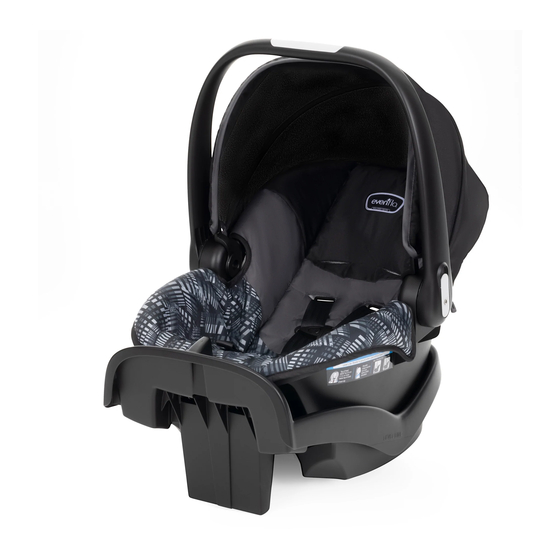
Table of Contents
Advertisement
Quick Links
NurtureMax™/First Choice™
Infant Car Seat
Owner's Manual
Keep instructions for future use.
Rear-facing with
Base*
1.8 to 10 kg
(4 to 22 lbs)
43 to 73 cm
(17 to 29 in.)
Rear-facing
without Base*
1.8 to 10 kg
(4 to 22 lbs)
43 to 73 cm
(17 to 29 in.)
* See page 4 for complete requirements.
Para instrucciones en Español, llamar al:
1-800-233-5921
WARNING!
To reduce the risk of serious injury or death, read
this owner's manual prior to installing and using this
child restraint.
© 2021 Evenflo Company, Inc.
25701689
11/21
Advertisement
Table of Contents















Need help?
Do you have a question about the NurtureMax and is the answer not in the manual?
Questions and answers